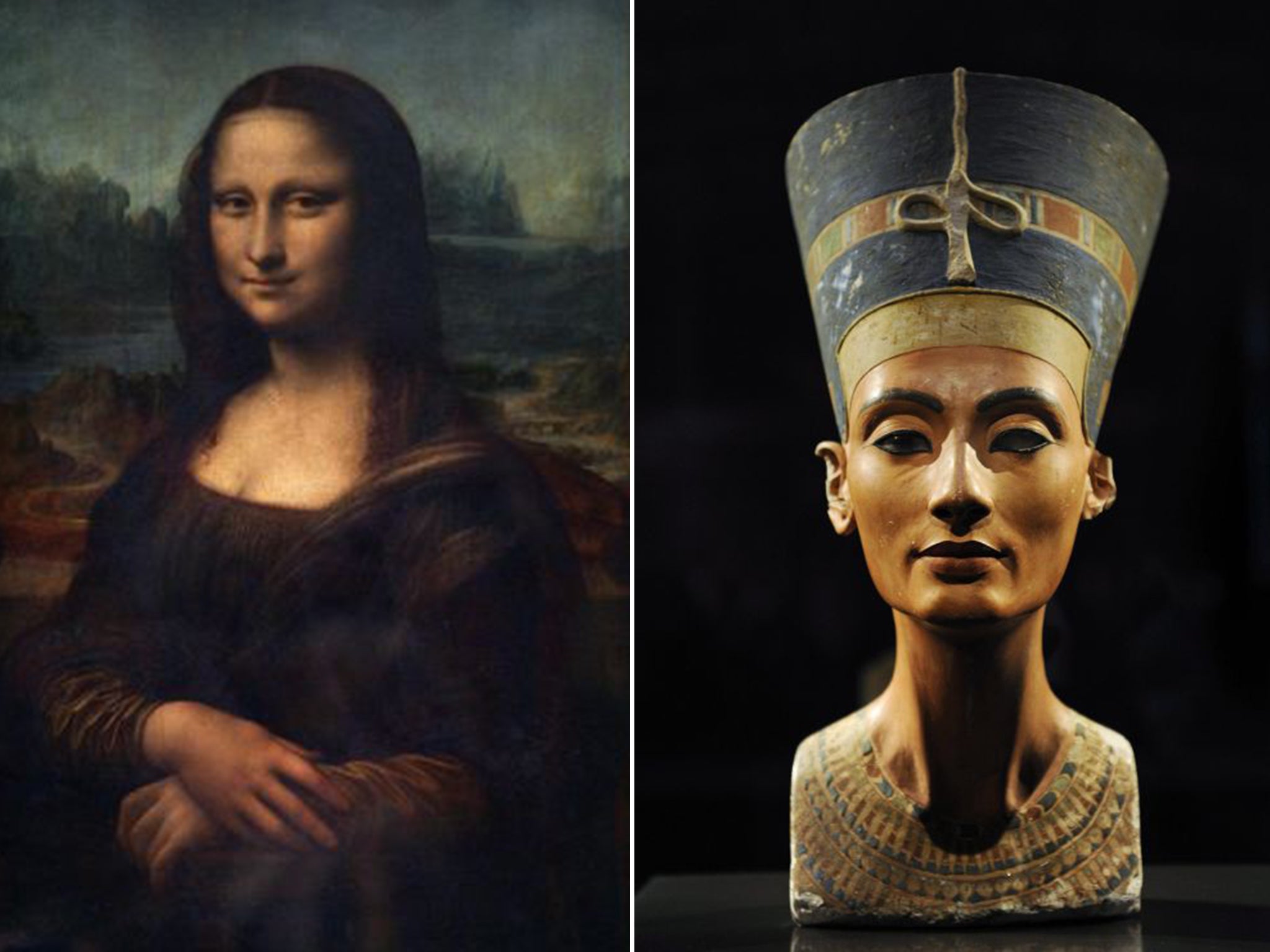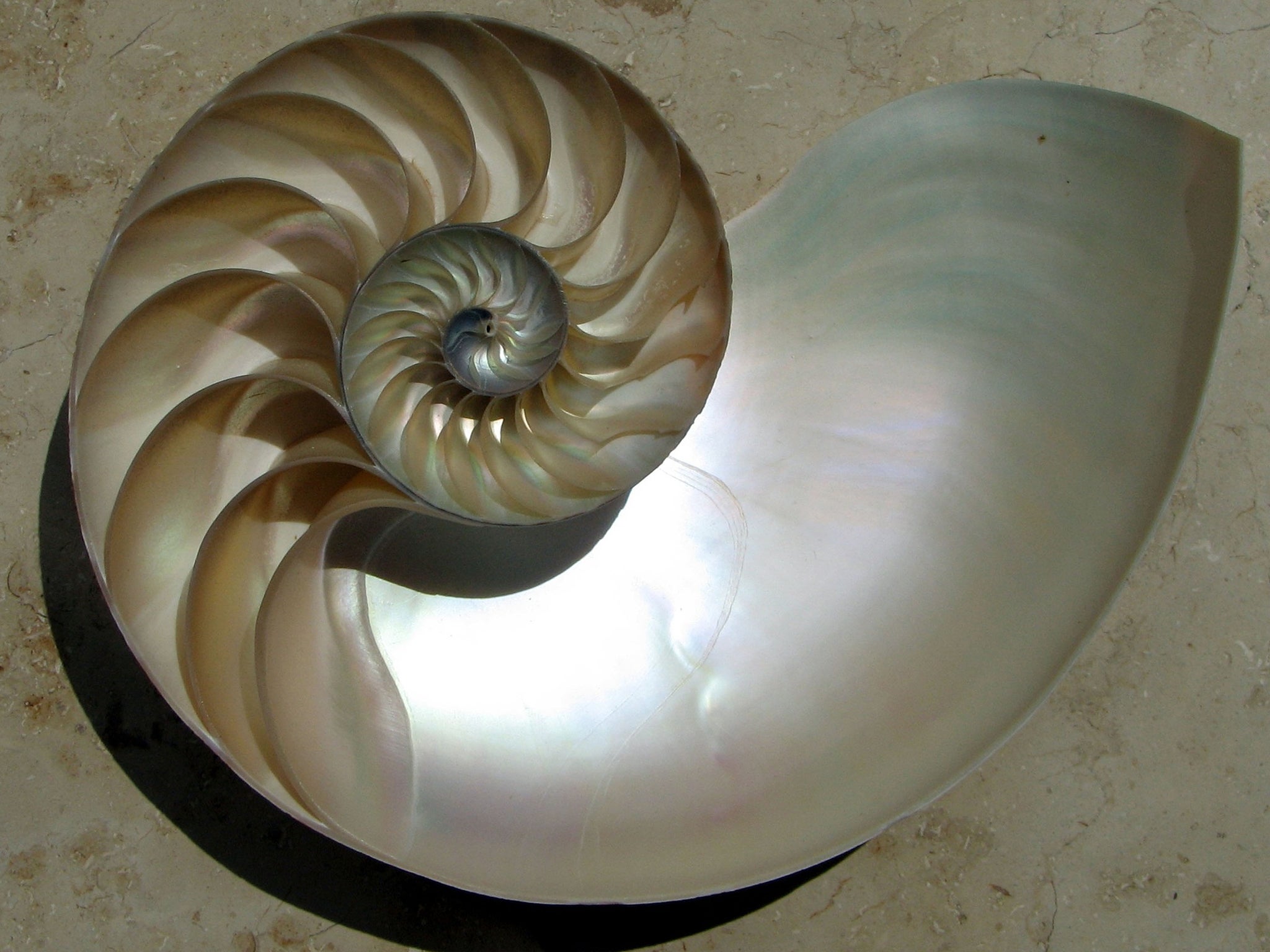Mathematicians dispute claims that the 'golden ratio' is a natural blueprint for beauty
Experts blast 'myth that refuses to go away', saying that sums alone cannot define which faces are easy on the eye

Revered as the formula that defines beauty, the golden ratio is a mathematically derived principle claimed by many to be embodied in objects as diverse as a spiralled seashell and the Parthenon.
But the widespread belief that the golden ratio is the natural blueprint for beauty is pseudo-scientific “hocus-pocus” and a “myth that refuses to go away”, according to leading mathematicians.
The issue has flared up again, after one of the United States’s leading scientific organisations, the Smithsonian, promoted highly contentious claims about the ratio at the National Math Festival in Washington DC earlier this month.

Eve Torrence, a professor at Randolph–Macon College in Virginia, said she was appalled to find a Smithsonian-branded stall which claimed the golden ratio is found in the human body. It offered visitors the chance to put their head through an oval, allegedly to demonstrate whether their face was in accordance with what is also known as the “divine proportion”.
“The idea that there’s this one rectangle [based on the golden ratio] that’s this perfect one... and is reflected in the human body, that’s one of the most silly things. Human beings are so different,” she said.
“There are lots of ratios and proportions in the human body, but they are not all the golden ratio and they are not all precisely the golden ratio. It’s a very loosey-goosey, pseudo-science kind of thing that they are promoting.
“There’s not this number that’s got this perfection in the way people think it does. It feels dirty to mathematicians. It’s hocus-pocus.”
However, there is genuine maths behind the ratio itself. First described by Euclid, it is created by dividing a line into two unequal sections in such a way that the ratio between the whole line and the longer section is the same as the ratio between the longer and shorter sections. This works out at approximately 1.618:1.
The ratio can be used to create different shapes such as a rectangle, triangle or a spiral. The spiral shapes are found in some plants.
But Dr Keith Devlin, a Stanford University mathematician, said Euclid had never claimed the ratio had any aesthetic qualities, an idea largely invented by Gustav Theodor Fechner, a 19th-century German psychologist. More recently it appeared in a 1959 educational cartoon, Donald in Mathmagic Land, and Dan Brown’s The Da Vinci Code.

Dr Devlin, who campaigns against myths associated with the golden ratio, pointed to “considerable evidence” that people do not find golden rectangles more appealing than others. On the contrary, they tend to favour aspect ratios they are familiar with, such as an A4 piece of paper or a computer screen.
He also said the popular idea that the navel divides the human body in accordance with the golden ratio is false. The figures are close, but there is considerable variation.
Theories that the Parthenon in Athens and Great Pyramid in Egypt were built according to the golden ratio have also been disproved, he said. “The golden ratio stuff is in the realm of religious belief. People will argue it is true because they believe it, but it’s just not fact.”
Such views are dismissed by believers such as Dr Stephen Marquardt, a plastic surgeon and chief executive of Marquardt Beauty Analysis in California, who has patented facial grids derived from the golden ratio to guide surgery.

Asked about the mathematicians’ objections, he said: “I would say they haven’t done their homework... Mathematicians have their heads up their asses about half the time.”
Dr Marquardt said Marilyn Monroe’s face was “not perfect” but “pretty close”, while Angelina Jolie was “all right [but] her lips are a little large”. The closest fits to golden-ratio defined perfection were Audrey Hepburn and Pierce Brosnan.
The Smithsonian refused to discuss the claims made on its stall.
Join our commenting forum
Join thought-provoking conversations, follow other Independent readers and see their replies
Comments